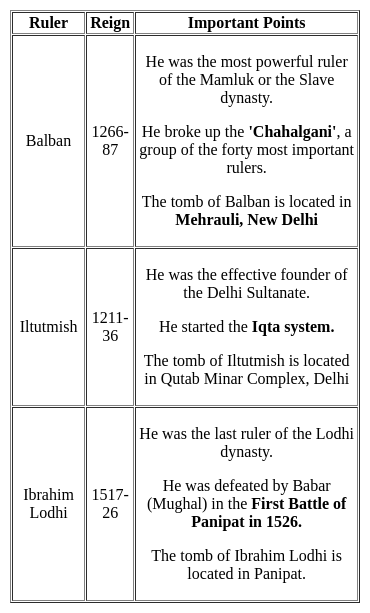MPPSC Paper 1 (GS) Mock Test - 5 - MPPSC (Madhya Pradesh) MCQ
30 Questions MCQ Test MPPSC Mock Test Series 2026 - MPPSC Paper 1 (GS) Mock Test - 5
Which of the following waterfall is not on Narmada river?
On which river the Atal Sagar Project is located?
What is the name of the house journal launched by IREDA's Vigilance Department?
Which of the following is used by plants during photosynthesis?
Which of the following is a Unitary feature of the government?
Which of the following is not a criterion to become a Governor of any state of India?
How many articles are there in the Universal Declaration of Human Rights?
Which of the following statements(s) is/are true in respect of wireless technology?
P: Bluetooth is a wireless technology which can be used to connect a headset to a mobile phone.
Q: Bluetooth is a long-range wireless technology and is a low cost means of data transfer.
Which of the following is not a UNESCO world heritage site of Madhya Pradesh?
Radiocarbon dating technique is used to estimate the age of
Which of the following is the correct match of the column-A with column-B?

Mahatma Gandhi wrote 'The Story of My Experiments with Truth' during his imprisonment in ___________.
The Governor of a State is appointed by _________.
|
29 tests
|

















